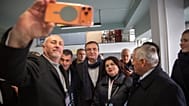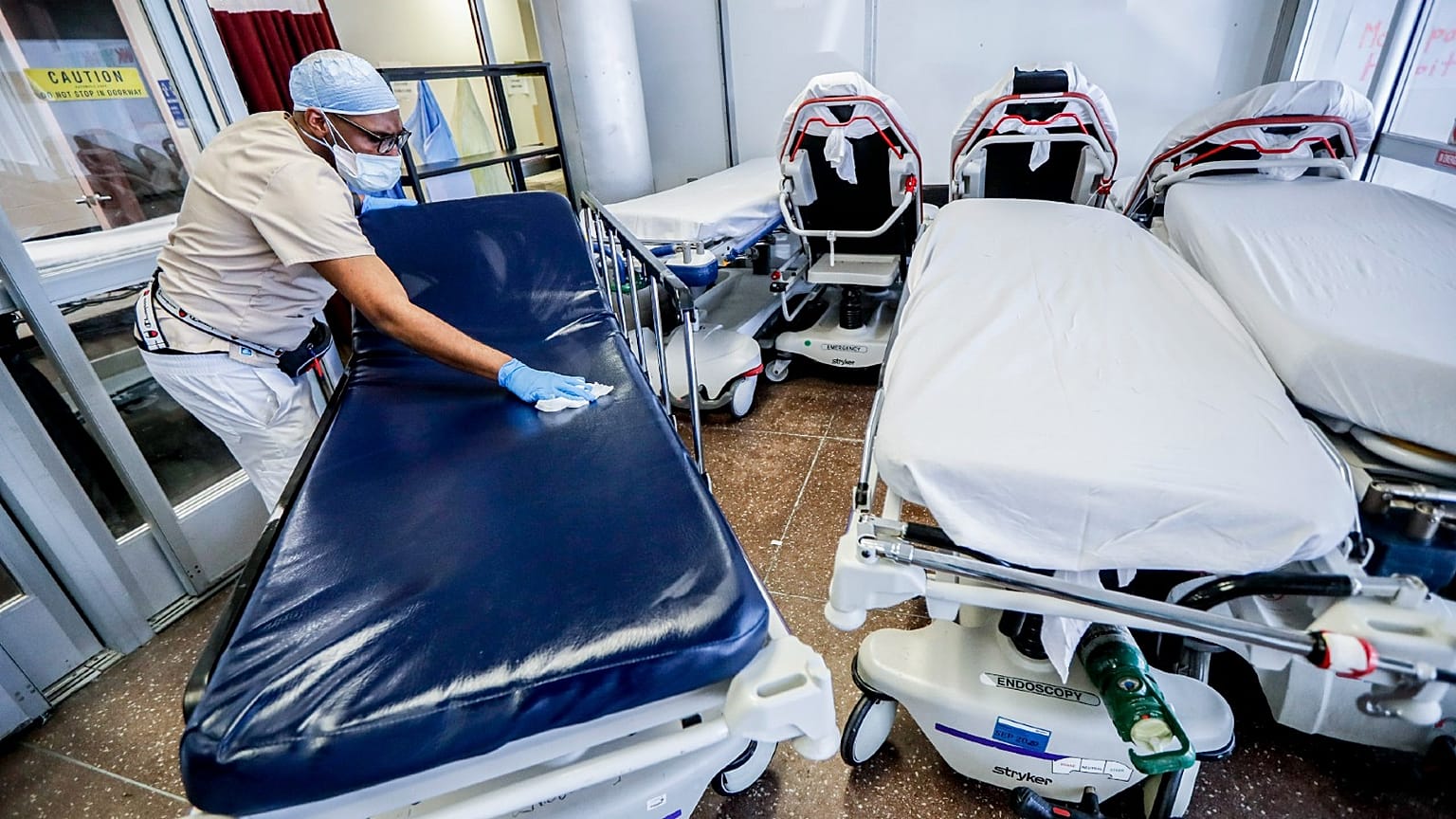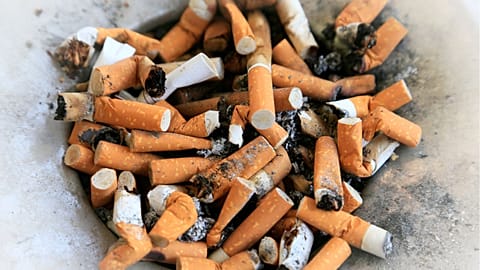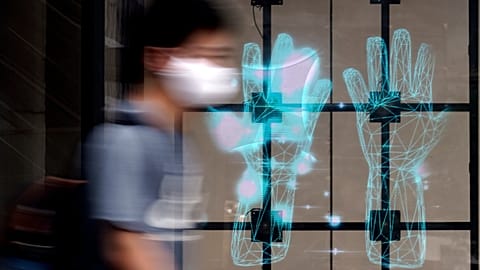Plastic often harbours germs. UK scientists have found a way for it to kill bacteria, viruses and fungi - even very resistant ones.
Scientists have developed a new bacteria and virus-killing coating they say could help hospitals around the world tackle the growing problem of drug-resistant superbugs.
The researchers from the University of Nottingham in the UK took a common antiseptic, chlorhexidine – which also kills some fungi and is often used for pre-surgical cleaning – and used it to coat a polymer, acrylonitrile butadiene styrene (ABS).
The material was found to eliminate the germs responsible for a range of infections and illnesses, including COVID-19 and methicillin-resistant Staphylococcus aureus (MRSA), a serious infection commonly acquired in hospitals and other care facilities.
The scientists say the new coating could be used as an effective antimicrobial coating on a range of plastic products used in medical settings; from intravenous bags and implantable devices to beds and toilet seats.
Some microbes can survive in a hospital setting despite thorough cleaning, exposing already vulnerable hospitalised patients to the risk of contracting infections which then need antibiotic treatment.
These microorganisms - known as superbugs - have evolved to resist common antimicrobial treatments, and some of them can survive and remain infectious on surfaces such as plastics for weeks or even months.
“Making plastic items using this material could really help tackle the issue of antibiotic resistance and reduce hospital-acquired infections," lead study author Dr Felicity de Cogan said in a statement.
Turning plastic from a germ harbour to a germ barrier
The researchers set out to investigate a way to use one of the most commonly used materials in hospitals – plastics – to destroy infectious microorganisms.
“We achieved this by bonding a disinfectant with the polymer to create a new coating material and discovered not only does it act very quickly, killing bacteria within 30 minutes, it also doesn't spread into the environment or leach from the surface when touched,” de Cogan said.
Her team used a special imaging technique called Time-of-Flight Secondary Ion Mass Spectrometry (TOF-SIMS) to examine the material at the molecular level. They found it quickly killed microbes, and the surfaces were still clear of them after 45 minutes.
The coating was effective against SARS-COV-2, the virus causing COVID-19, with no viable viral particles found after 30 minutes, and it also killed chlorhexidine-resistant strains of bacteria.
It has been estimated that a fifth of all patients hospitalised with COVID-19 actually contracted the virus while they were already in hospital.
But hospital-acquired infections are not new, and the World Health Organization (WHO) describes antimicrobial resistance as “one of the top 10 global public health threats facing humanity”.
De Cogan now hopes her team’s research can be used to develop new technologies to prevent resistant strains of pathogens from spreading and reaching patients in care facilities.
“The material could be added to plastic materials during manufacture,” she said, adding it could also potentially be used as a spray.
The findings of the study were published in the journal Nano Select.


















